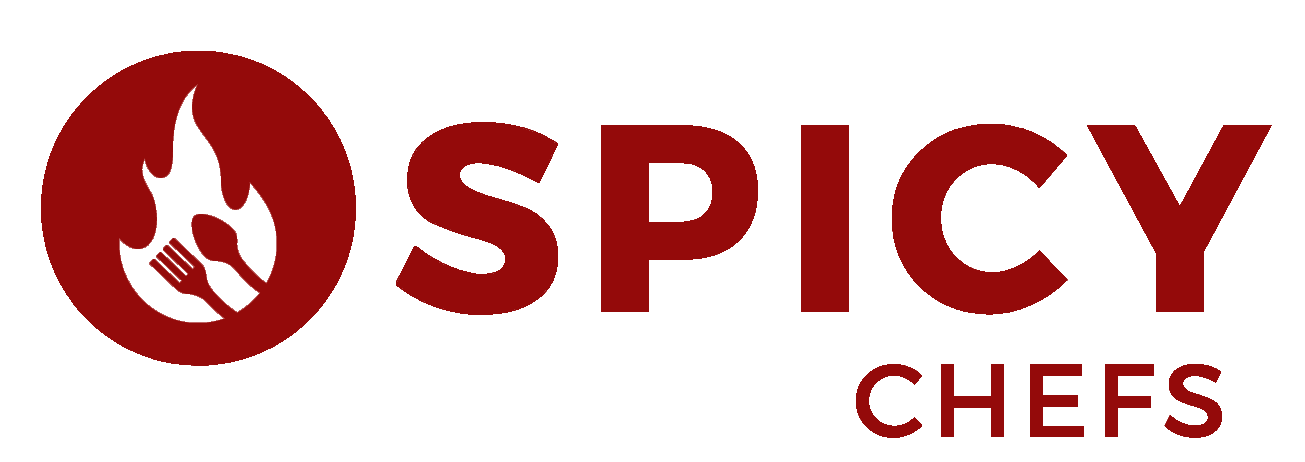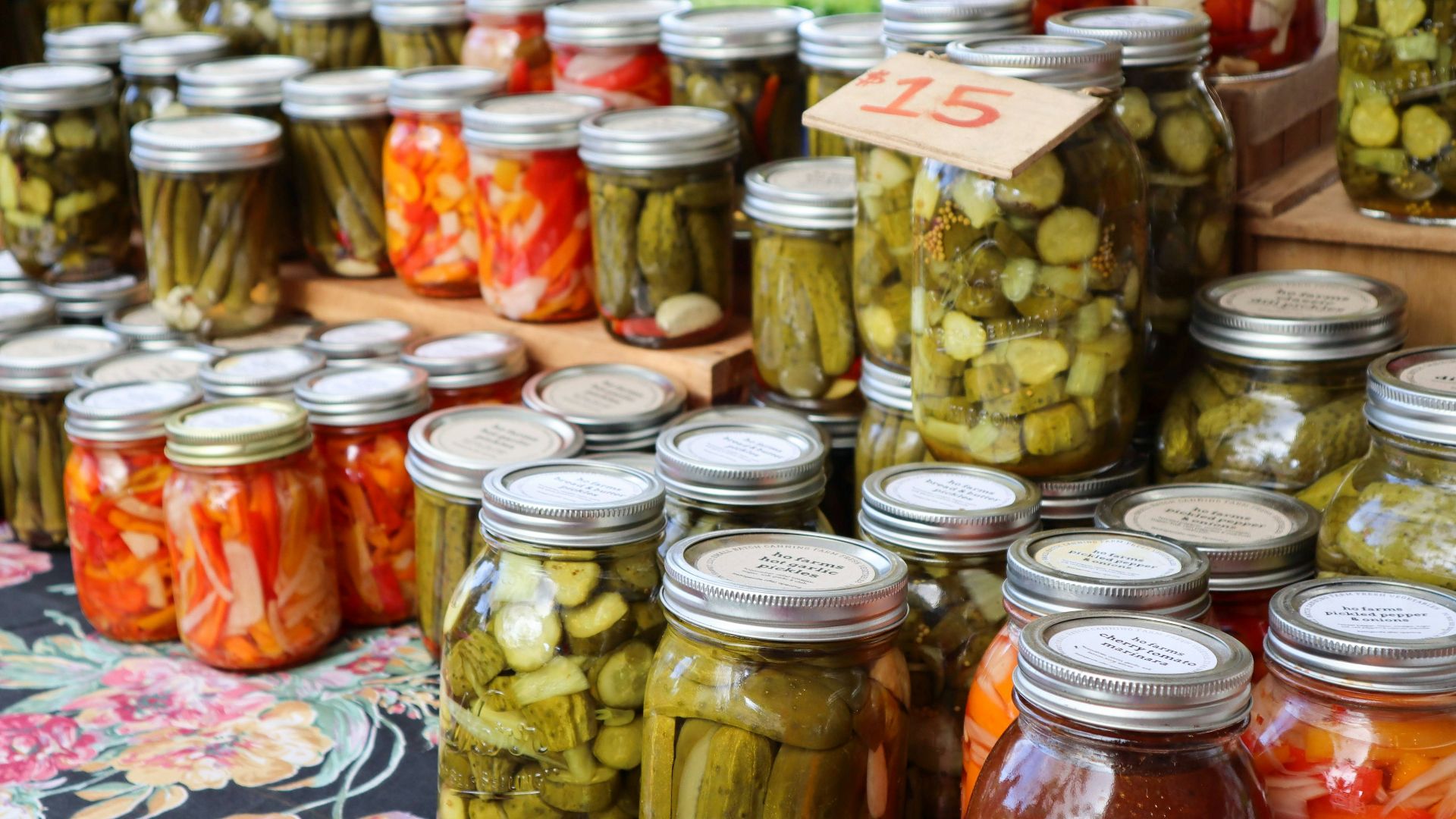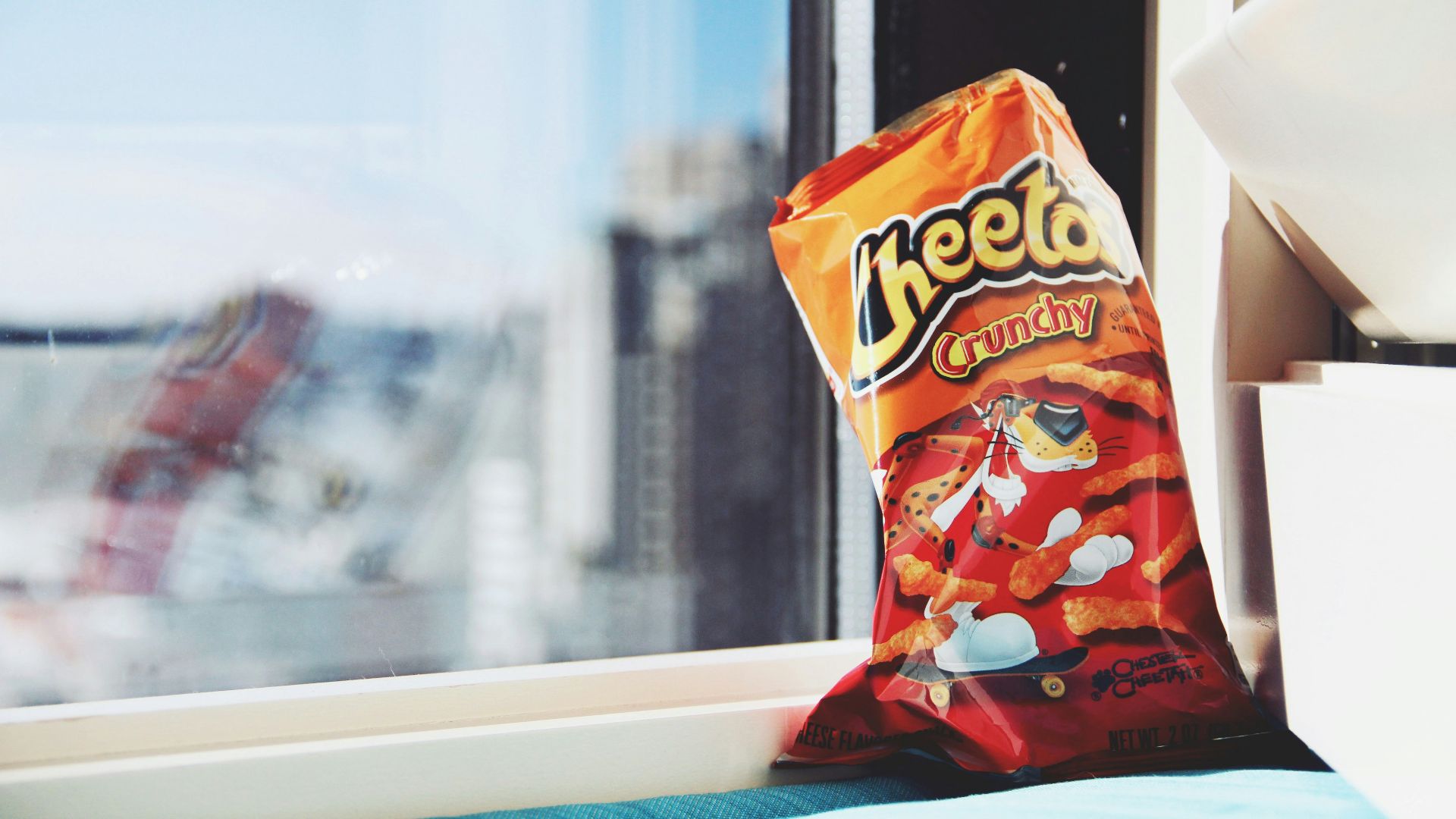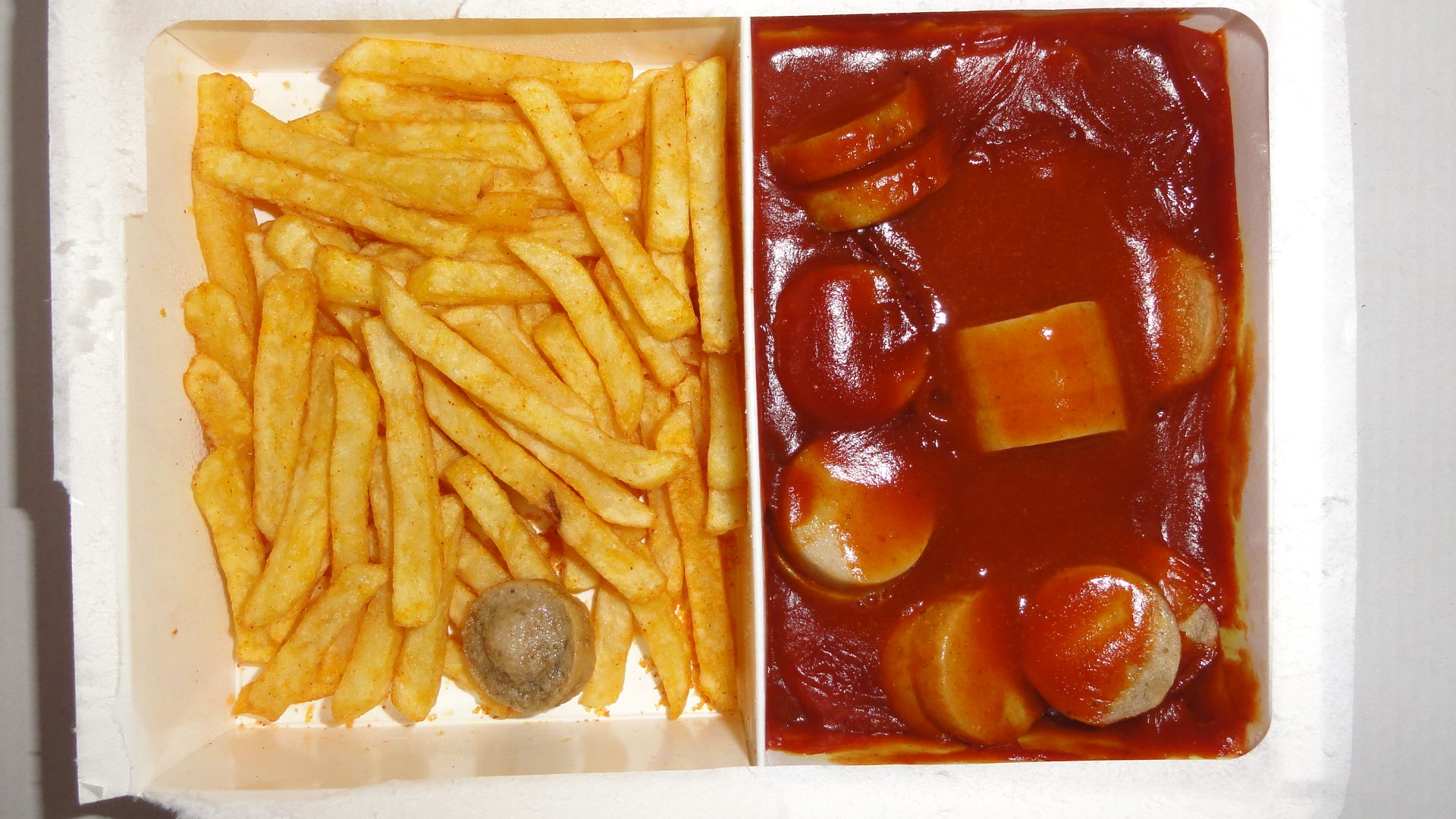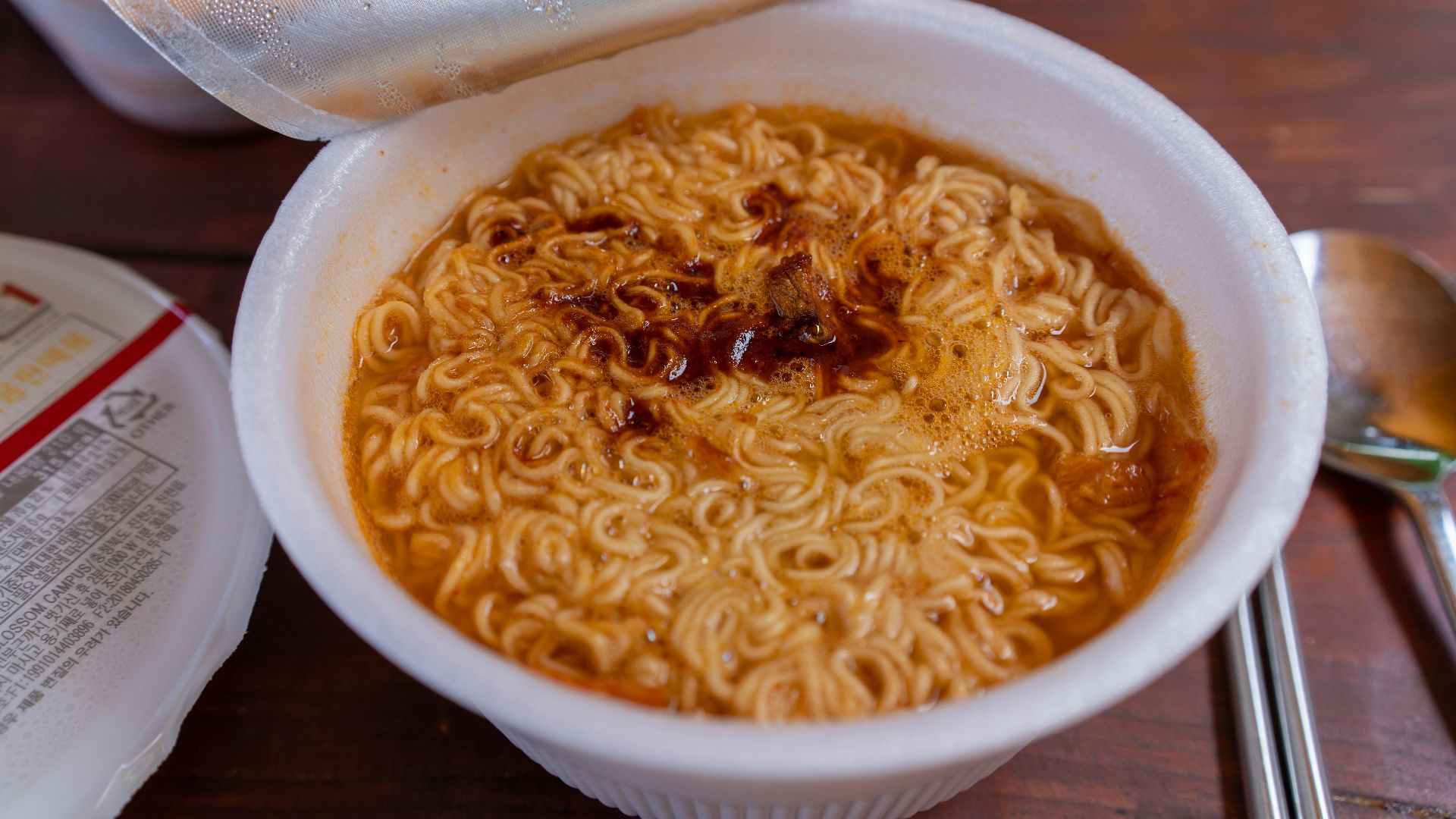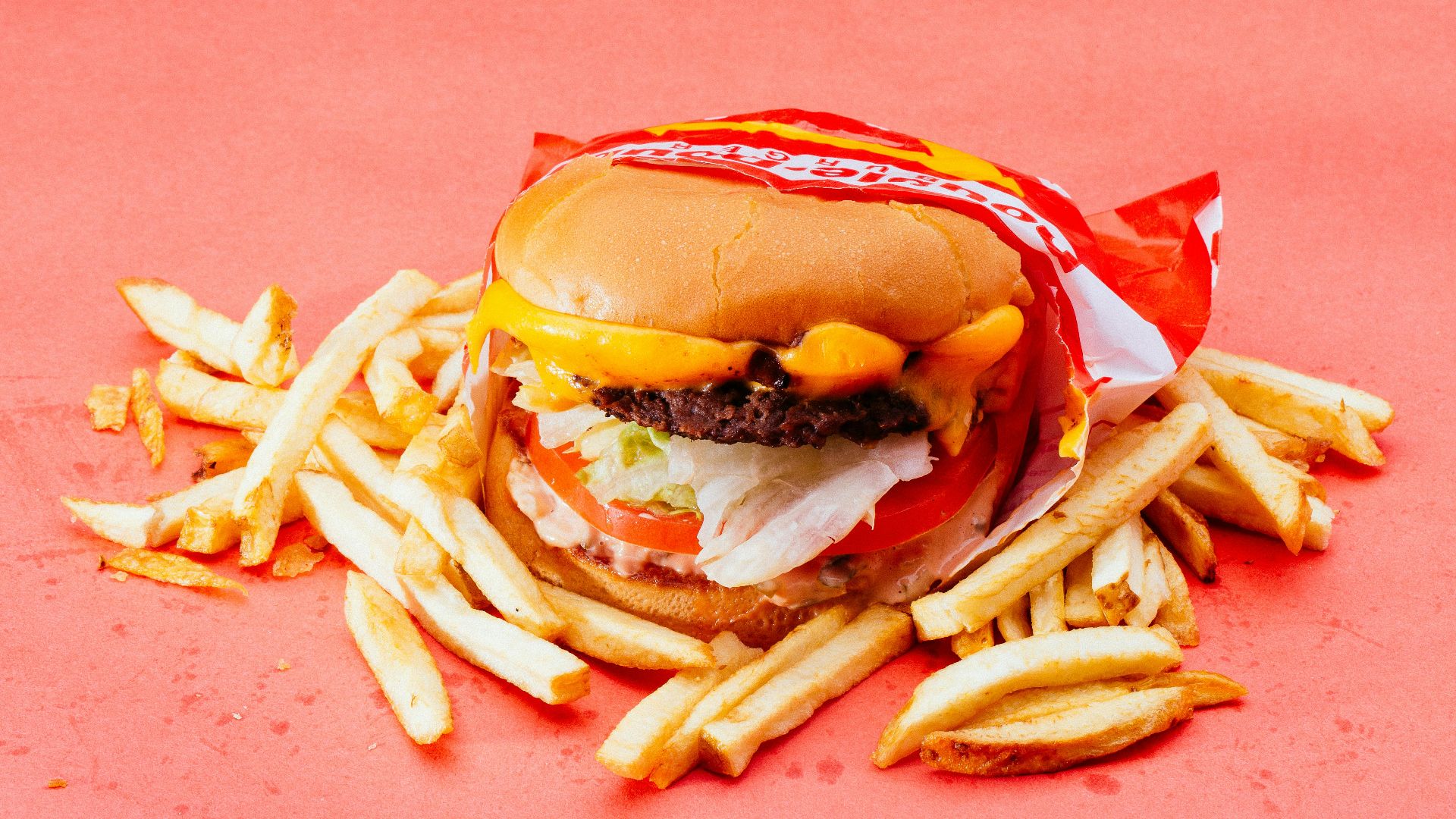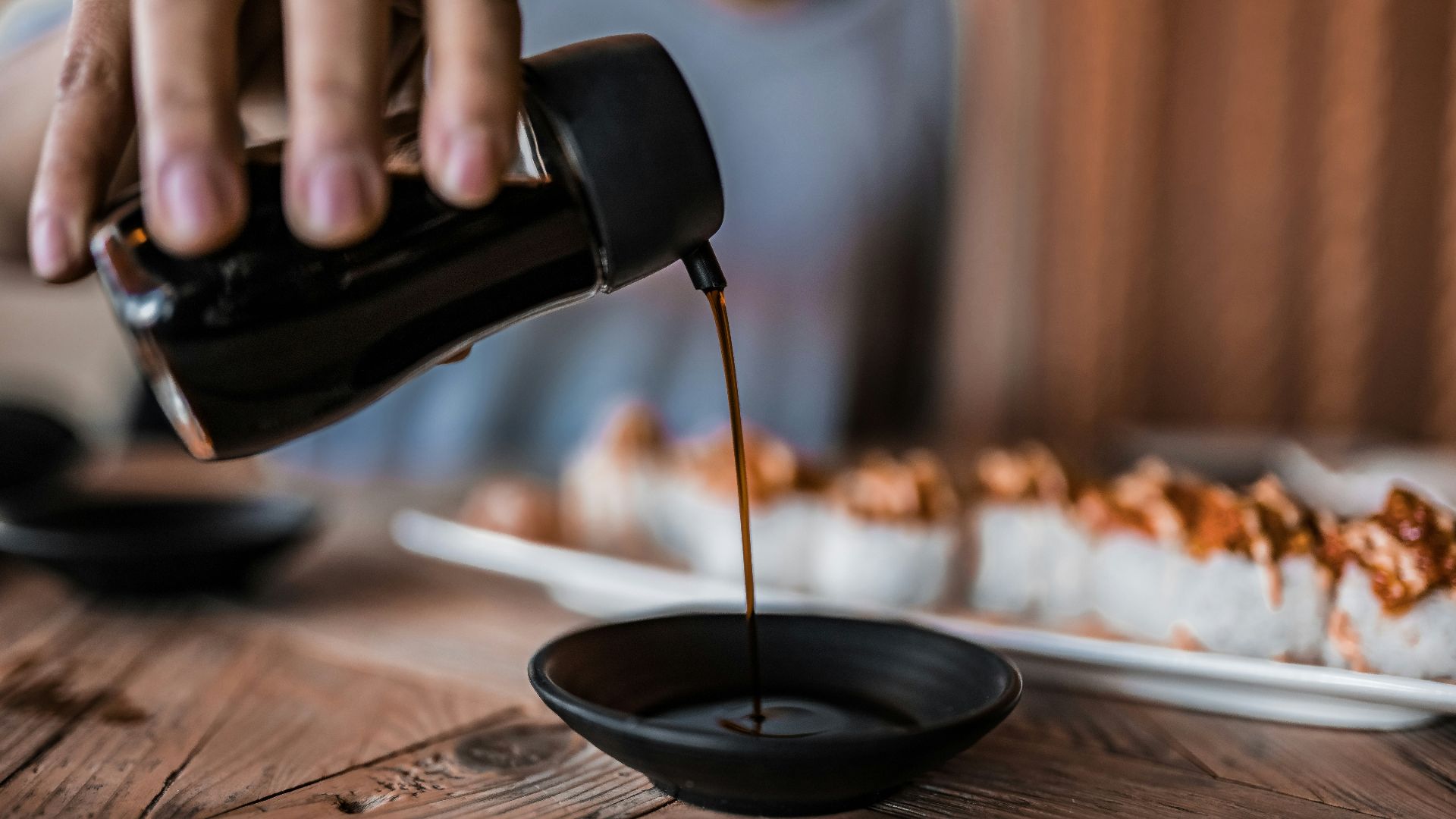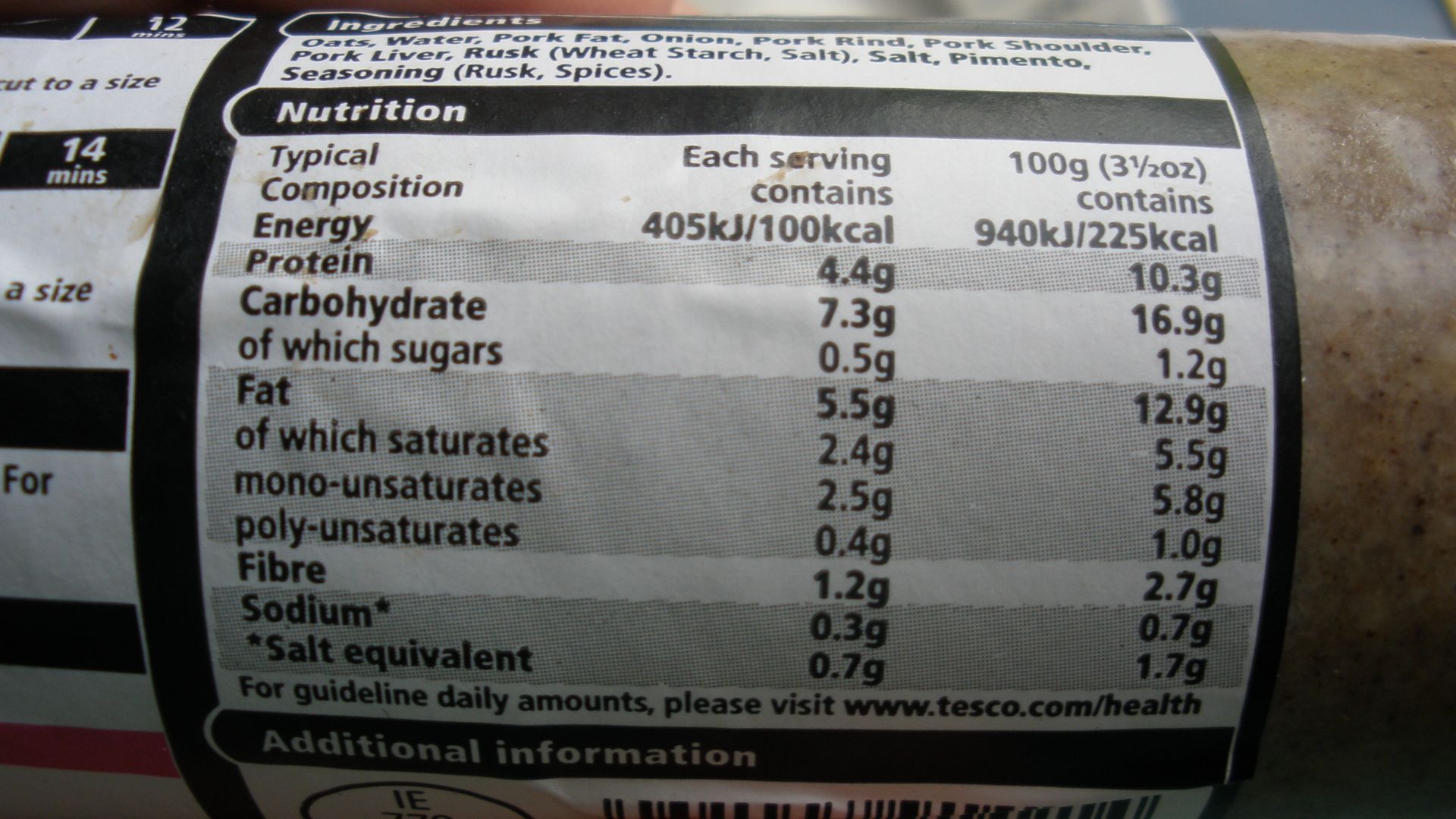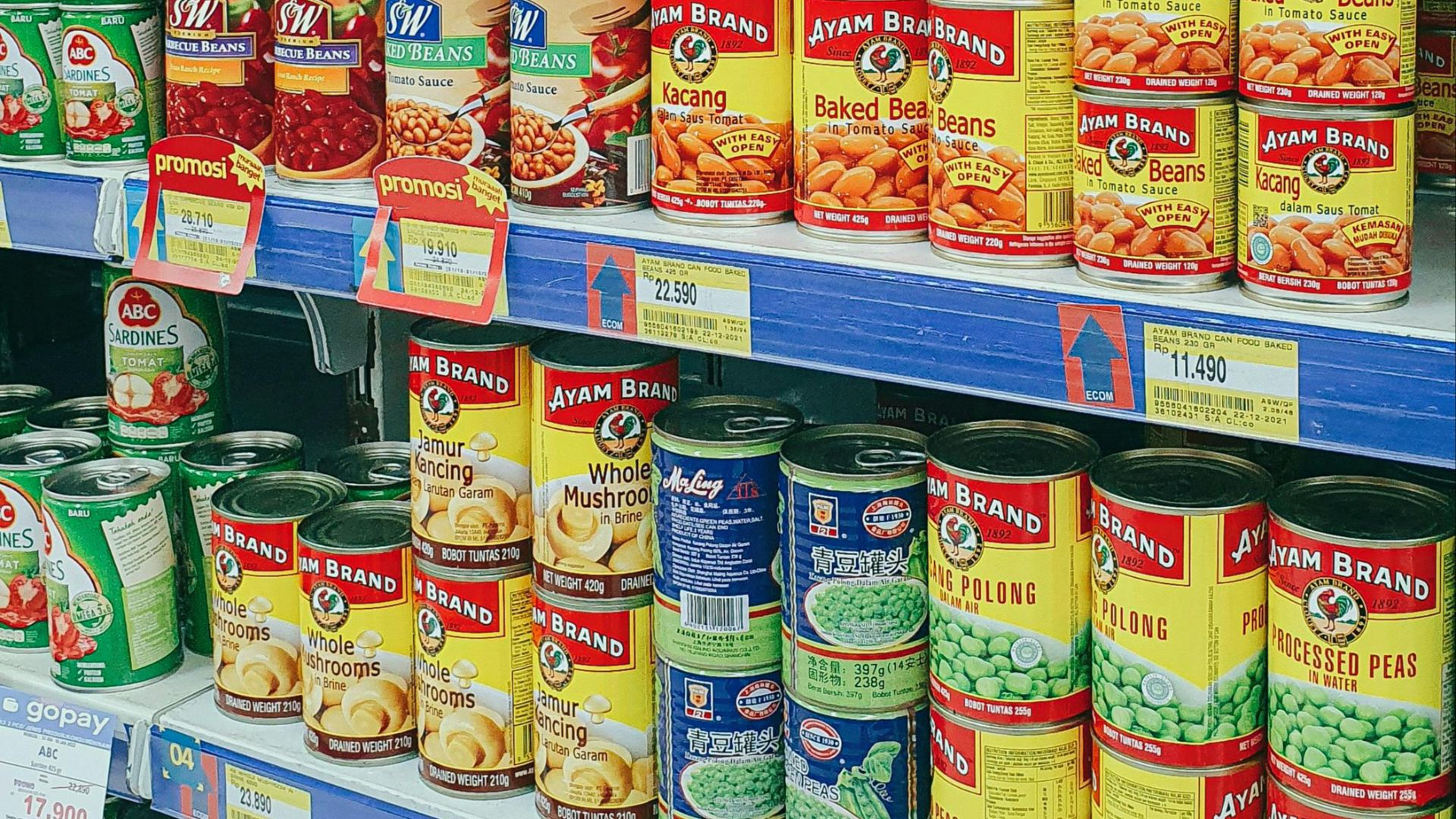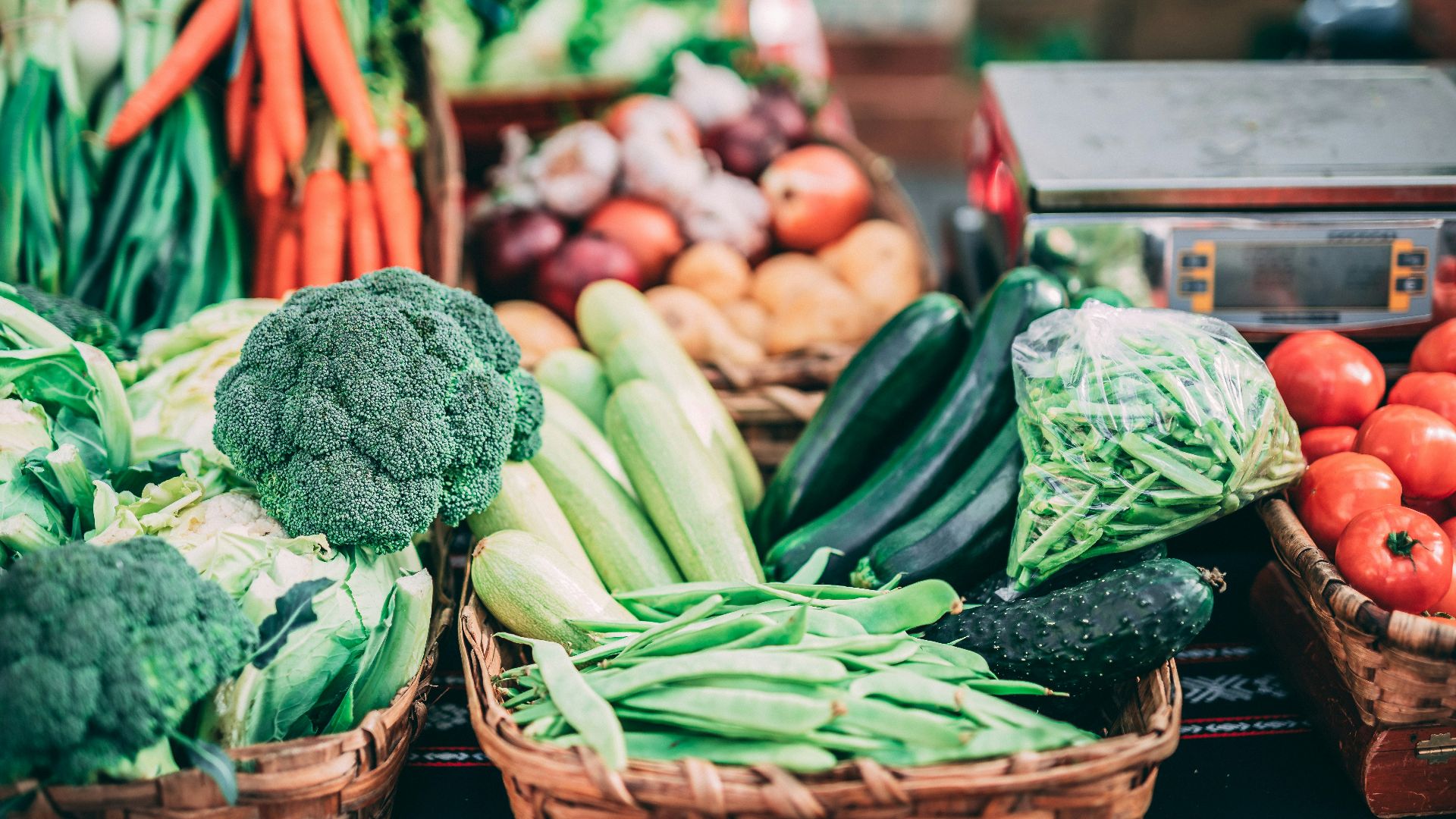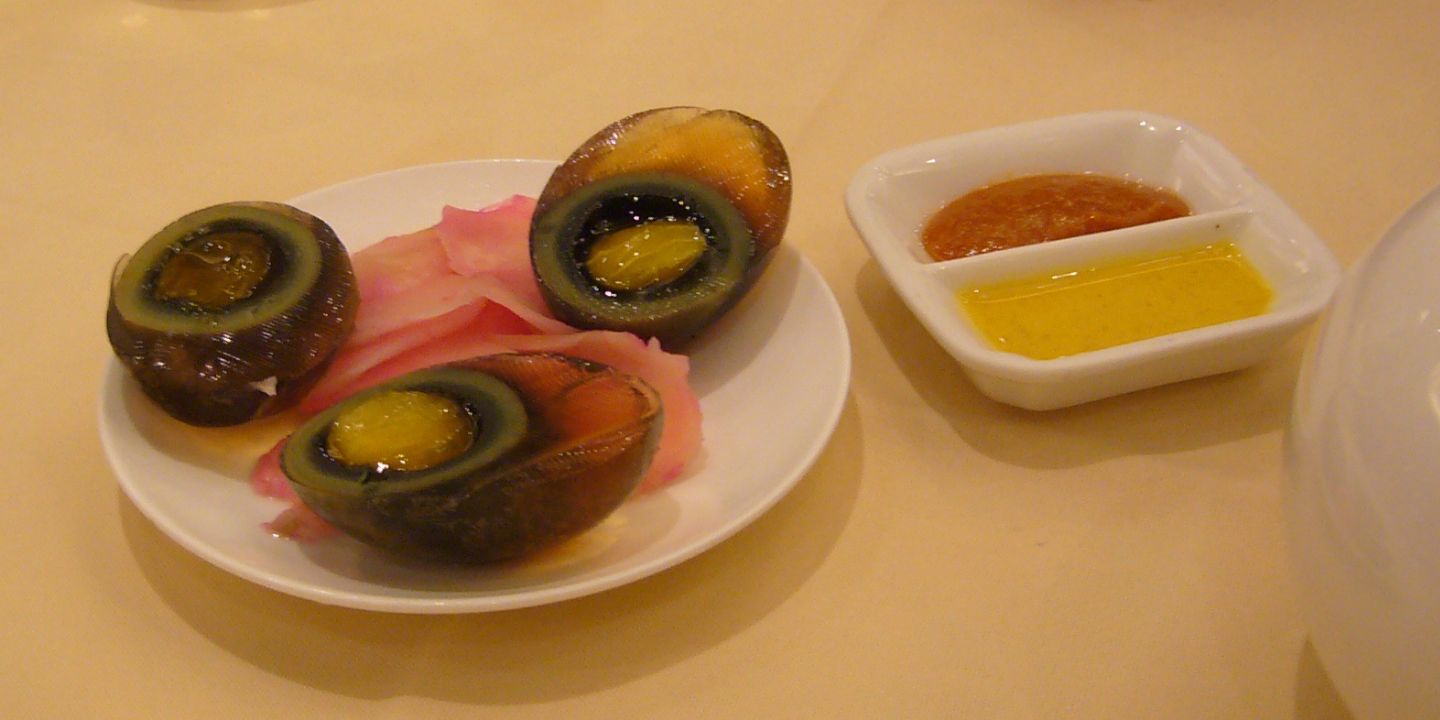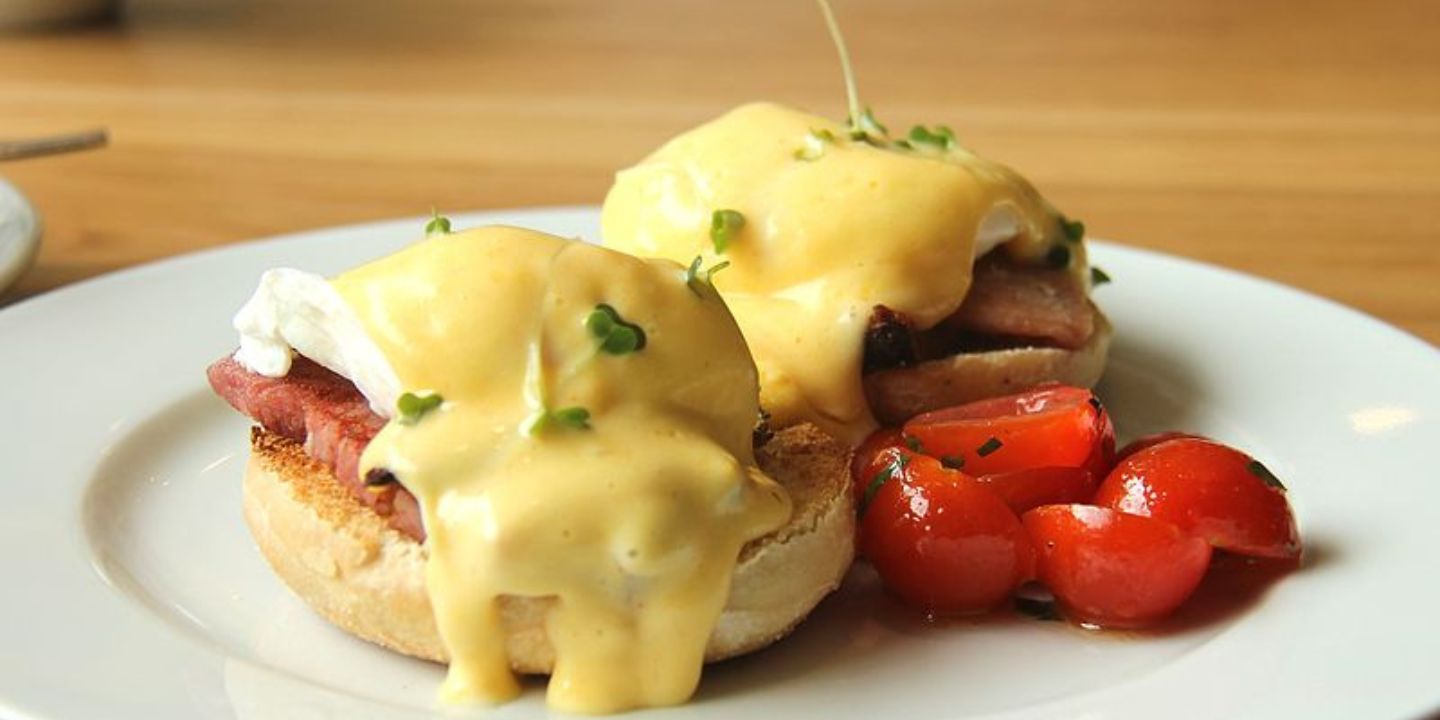Avoid These 10 High-Sodium Foods For Your Health - Here Are 10 Ways to Cut Back
Avoid These 10 High-Sodium Foods For Your Health - Here Are 10 Ways to Cut Back
Too Much Sodium Is No Good
If you made 2025 your year for good health, one thing you should be paying attention to is how much sodium you're consuming on the daily. Having a high sodium intake is nothing but bad news and can lead to many health implications. So if you're looking for ways to improve, we're here to share 10 foods you should be avoiding and 10 tips for cutting back. Sorry, but bacon is on the list!
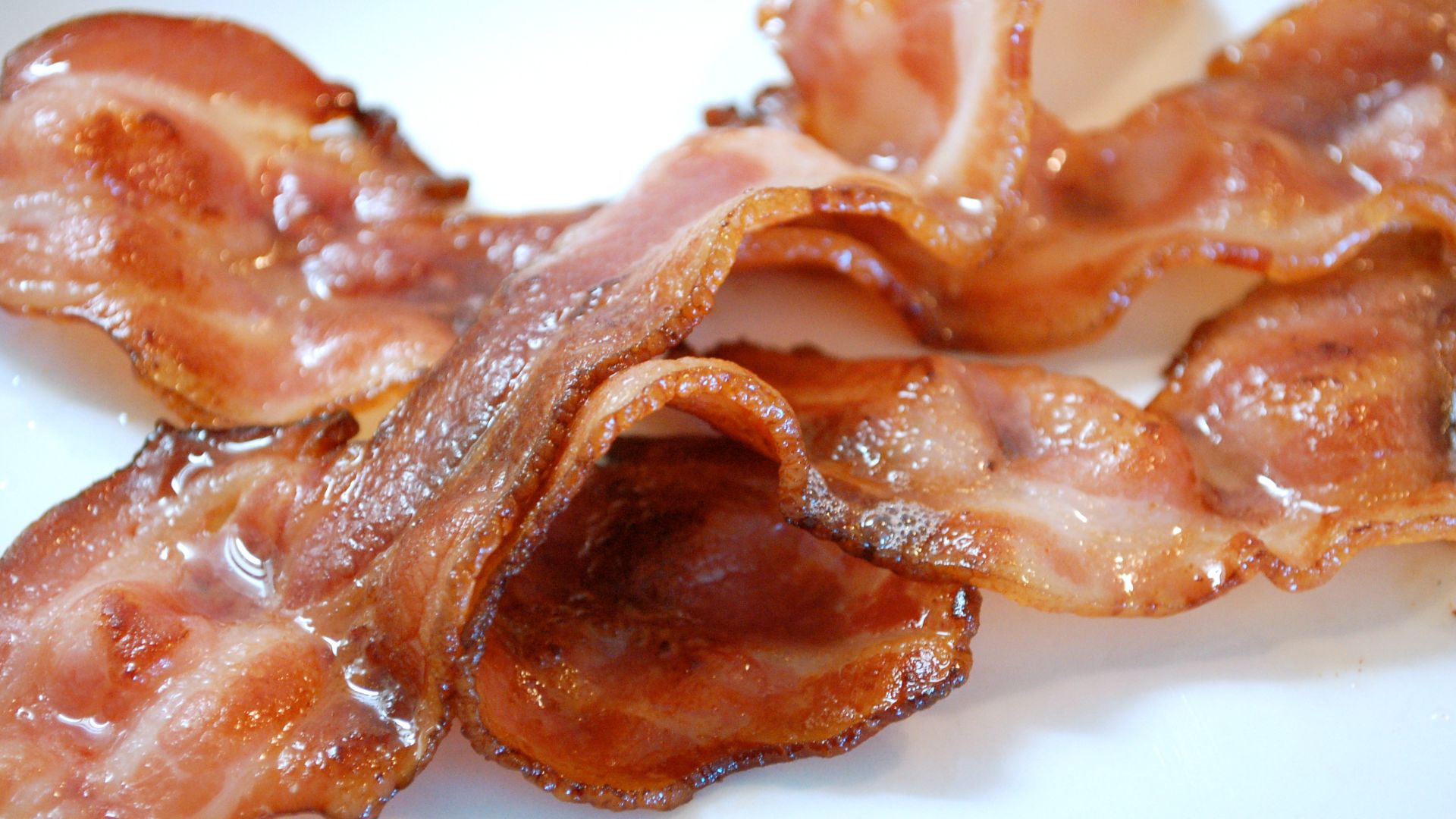 Kim Ahlström from Tokyo, Japan on Wikimedia
Kim Ahlström from Tokyo, Japan on Wikimedia
1. Cheese
We know you love cheese, but for your own health, it's a good idea to track your intake. Certain types of cheese, especially processed ones like American cheese, can be high in sodium. While cheese is a good source of calcium and protein, it's all in moderation - because of its sodium content, you can't just eat it as you please.
2. Pickled Foods
It shouldn't come as a surprise that foods like pickles, olives, and other pickled vegetables are soaked in a brine which is pretty high in sodium. While these pickled foods offer a delicious, tangy flavour that's hard to get elsewhere, eating these on the regular can significantly increase sodium intake. Negatively impacting your cardiovascular health, you want to make sure you watch how much of these you eat.
3. Canned Soups
When it comes to convenience, nothing beats canned soups which are ready at a moment's notice. Just be wary not to have them too often because they do typically contain high levels of sodium for preservation and flavor purposes. You'd be shocked to learn just how much it can contribute to excessive sodium intake, which can lead to problems like hypertension. We don't want that now do we?
 Photo by Calle Macarone on Unsplash
Photo by Calle Macarone on Unsplash
4. Salty Snacks
If you're a big snacker, we've got some bad news for you. Some of your favorites like chips, pretzels, and crackers, are all typically high in salt, making them a significant source of sodium. Regular consumption can add a substantial amount of sodium to your diet, which is a concern for blood pressure and heart health. So, just remember to keep an eye on how many snacks you eat because moderation is key here.
5. Frozen Dinners
Frozen meals sure may be quick and easy to pull out on those days where you have no motivation to cook, but you should know they usually contain high sodium levels to help enhance both its taste and shelf life. Knowing this, it makes them feel like a much less desirable choice, doesn't it?
6. Processed Meats
We know you're not going to like the sound of this one, but remember, it's for your own health! Processed meats such as sausages, bacon, and deli meats, are all high in sodium. These are often cured, seasoned, and preserved with salt, leading to their high sodium content which contributes to increased blood pressure and heart disease risk. It might be a challenge at first, but putting down that slice of bacon can make a big improvement.
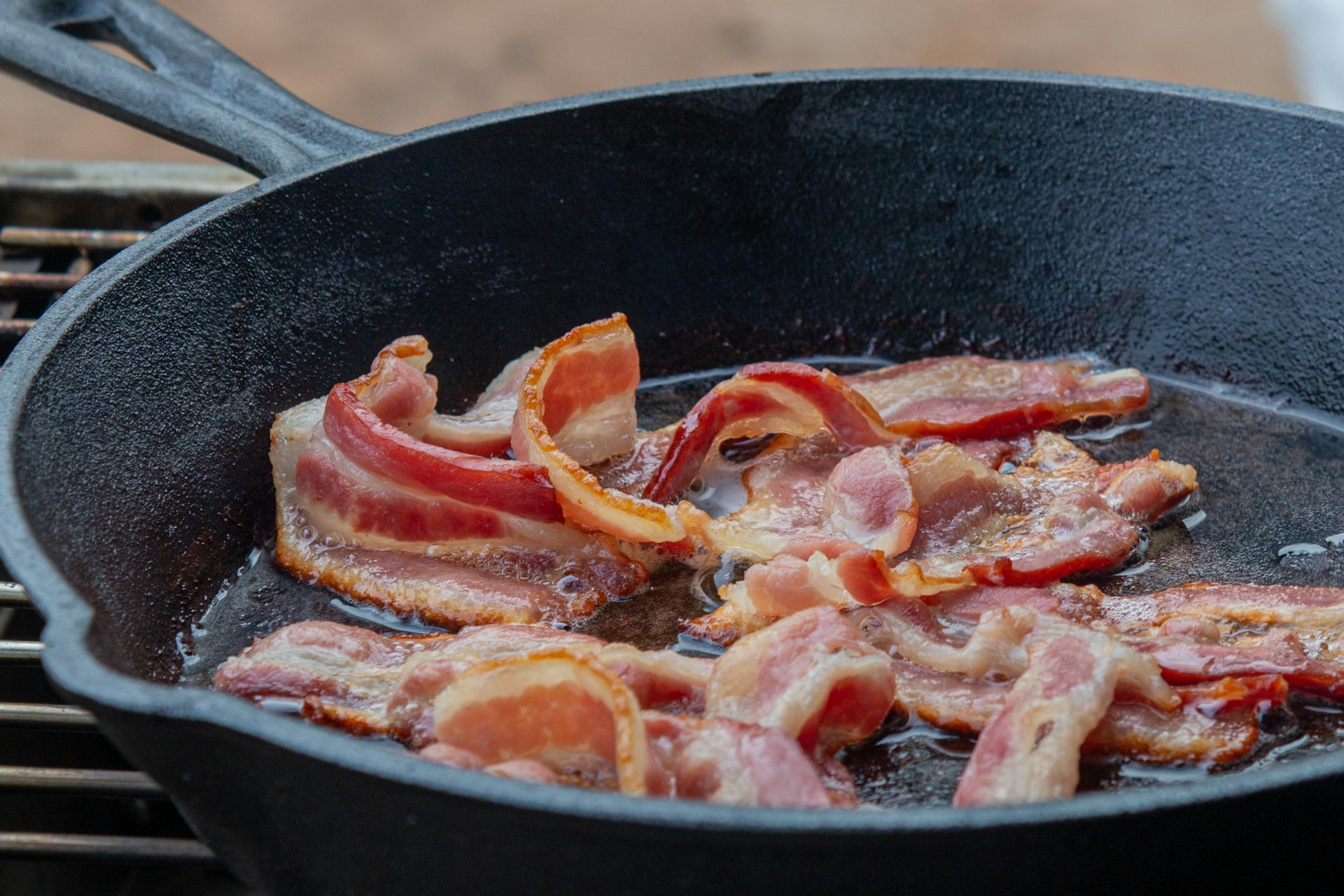 Photo by Michelle @Shelly Captures It on Unsplash
Photo by Michelle @Shelly Captures It on Unsplash
7. Instant Ramen Noodles
When you're looking for comfort in a midnight snack, instant noodles probably come to mind. Unfortunately, while they're a popular quick meal, they're loaded with sodium, primarily due to their flavouring packets. Once in a while is fine, but frequent consumption leads to excessive sodium intake which can really pose some serious health risks.
8. Fast Food
You're probably noticing a trend here where fast, convenient food is simply not that healthy for us. This includes fast food items of course, like burgers, fries, and fried chicken, all foods which are typically high in sodium. Why? It's all in the cooking process and the seasonings they use, which sadly, makes them substantial contributors to our sodium intake.
9. Soy Sauce
Soy sauce, a common condiment frequently used in Asian cuisine, is unfortunately extremely high in sodium. Even the smallest amount can significantly increase the sodium content of a meal! Just keep this in mind the next time you cook with it, using only as much as you need, maybe even less. Soy sauce should be used sparingly when possible. There's no need to dunk your entire piece of sushi in it!
10. Salted Butter and Margarine
Butter and margarine are staple ingredients in anyone's fridge, but did you know they often contain salt for added flavor? This additional touch of sodium can contribute to your overall intake sneakily without you realizing it. It's especially problematic if these ingredients get used a bit too generously.
1. Read Nutrition Labels
To help you cut back on your sodium levels, one way that can help is to consistently read nutrition labels when grocery shopping. Look for items with lower sodium content, especially if you're buying processed or packaged foods. This is a good habit to adopt that can help you make more informed choices about the foods you're consuming.
2. Use Herbs and Spices for Flavoring
Instead of using loads of salt, try seasoning your dishes with a variety of herbs and spices instead. Fresh or dried herbs, garlic, onion, citrus zest, and spice blends can seriously enhance the flavor of your food, adding a depth and complexity without even using much salt. It'll also open your eyes to a whole new world of flavors you might never have experienced before.
 Photo by Lisa Hobbs on Unsplash
Photo by Lisa Hobbs on Unsplash
3. Cook More Meals at Home
As always, cooking at home is the best method when it comes to improving your health. Preparing your own meals gives you complete control over the amount of sodium you use, allowing you to see exactly what goes into each dish. Homemade cooking also usually just contains less sodium than restaurant meals or prepackaged foods in general, making it the smarter lifestyle choice.
 Photo by Becca Tapert on Unsplash
Photo by Becca Tapert on Unsplash
4. Rinse Canned Vegetables and Beans
If you plan on using canned vegetables or beans, it's a good idea to rinse them under cold water before cooking. It's not just to clean them, but this can also help remove a significant portion of the added sodium used in preserving these foods. It's simple to do, requires low effort from you, but can lead to serious improvements.
5. Choose Fresh or Frozen Produce
When possible, try to opt for fresh or frozen fruits and vegetables over canned versions, which often contain added salt. Although we just mentioned rinsing canned veggies in water can help before cooking them, making this active decision is even better. Fresh and frozen produce is not only lower in sodium, but they also provide more nutrients, making it a win-win all around!
6. Gradually Reduce Salt in Cooking
If you typically use a lot of salt in your cooking, one helpful way to cut back is to start gradually reducing the amount of salt you add to your dishes. It'll be tough, but don't worry, your taste buds will adjust over time and your body will be thanking you. It's a simple but nice way to help you reduce your overall sodium count. Sometimes, real change takes time!
 Photo by Emmy Smith on Unsplash
Photo by Emmy Smith on Unsplash
7. Be Careful with Condiments
You may be surprised to learn that many condiments, like ketchup, mustard, and salad dressings are all high in sodium. We're not saying don't use them, but when you do, be sparing with it. If you can, also look for low-sodium or "no added salt" versions.
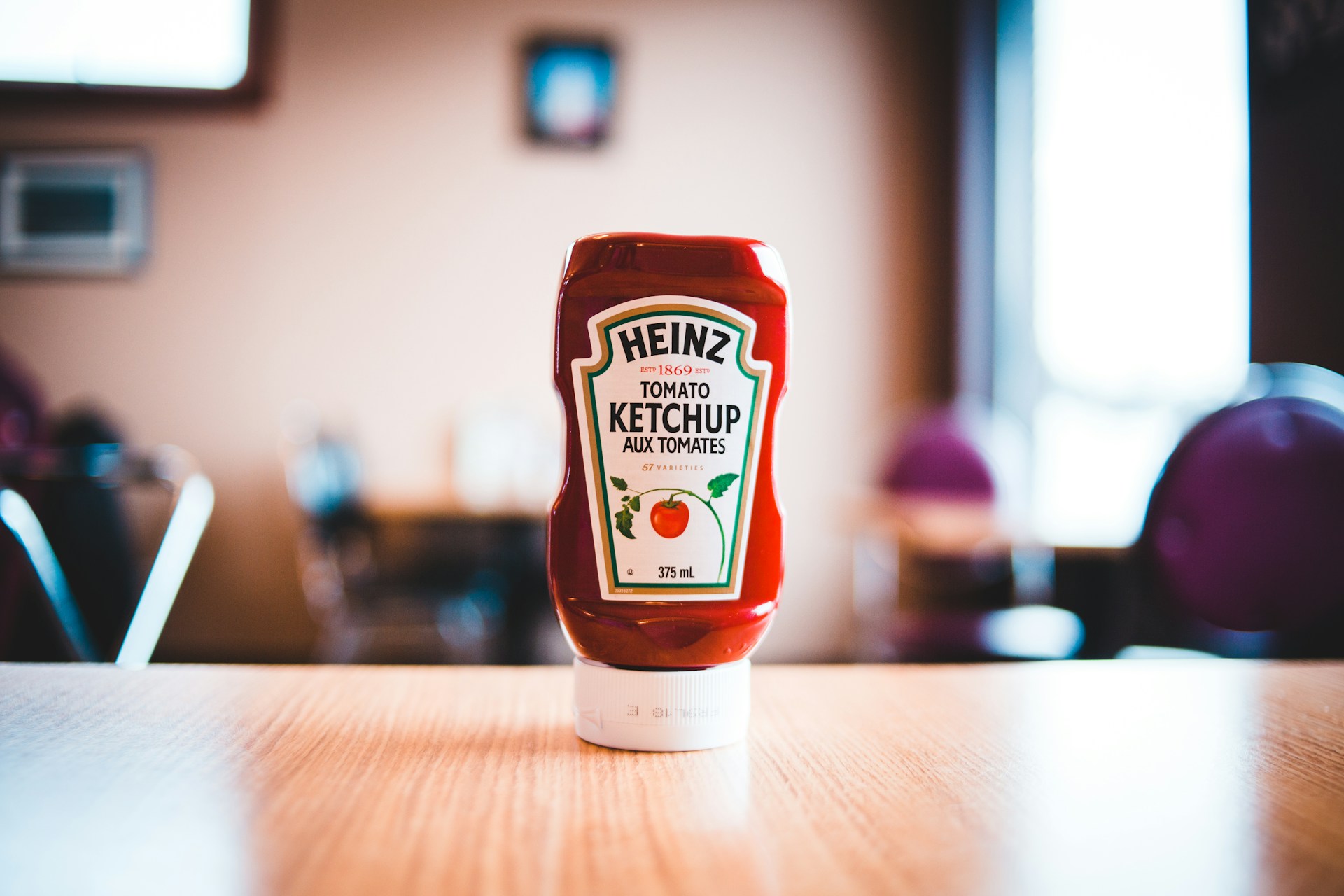 Photo by Erik Mclean on Unsplash
Photo by Erik Mclean on Unsplash
8. Avoid Salted Nuts and Seeds
Salted nuts and seeds may make your mouth happy with their delicious taste and crunchy texture, but sadly for your health, it won't be feeling the same. If you're looking to lower your sodium intake, we suggest switching to unsalted versions. On the bright side, they'll still have the same earthy flavor and texture.
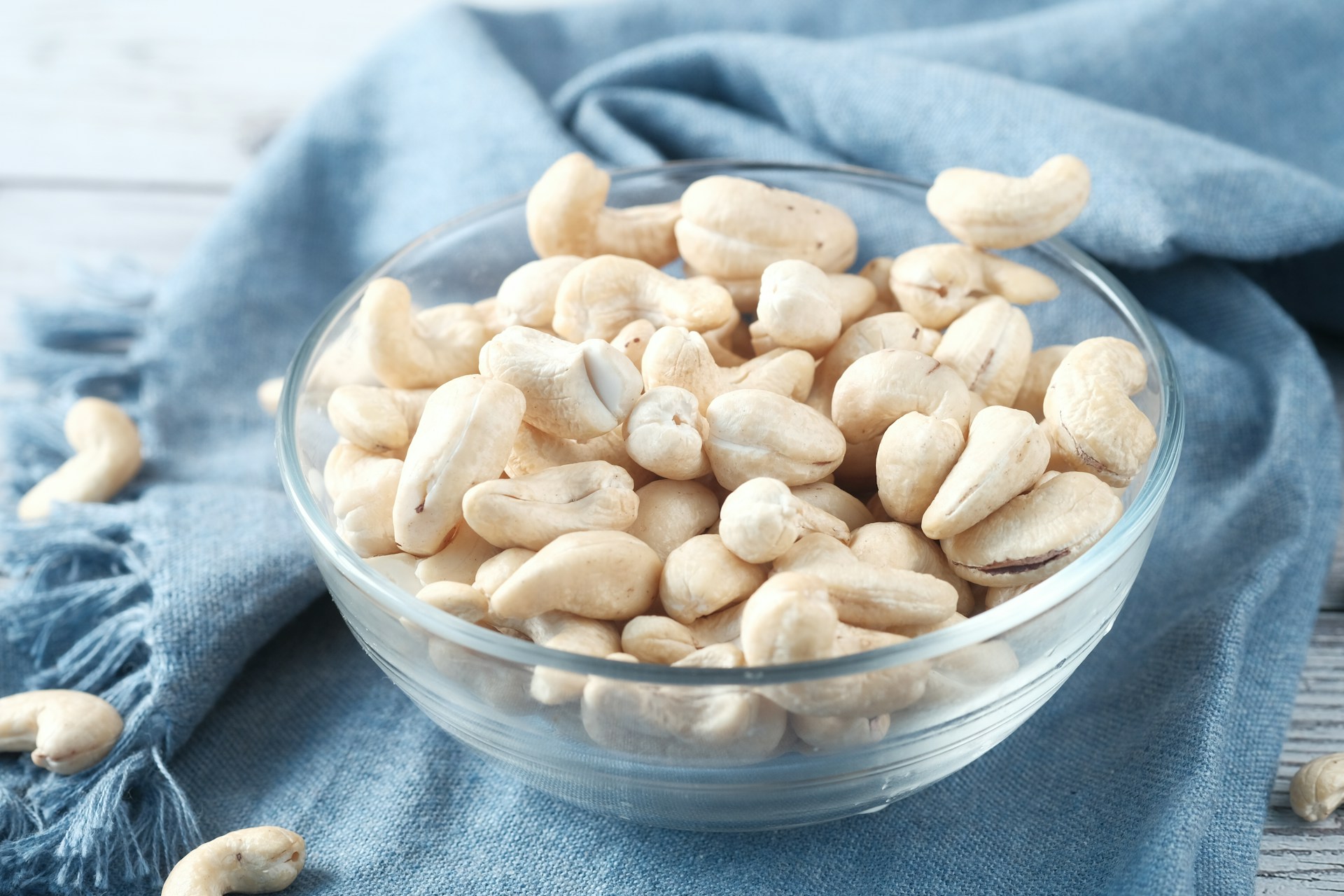 Photo by Towfiqu barbhuiya on Unsplash
Photo by Towfiqu barbhuiya on Unsplash
9. Limit Processed and Fast Foods
This one goes without saying, but always try to reduce your intake of fast food and heavily processed items like frozen dinners and snack foods. These are large contributors of the amount of sodium you consume, so eating them less frequently is a massive way to decrease your sodium intake. Find new, healthier options for snacks and try incorporating meal prep into your life if speed and convenience are important factors for you.
10. Drink Lots of Water
Last but not least, it's never a bad idea to drink plenty of water! Staying well-hydrated can help your body manage sodium levels more effectively. Drinking water throughout the day aids in flushing out excess sodium, leading you to a healthy balance that will keep your body feeling good. Water all day, every day!
